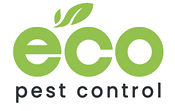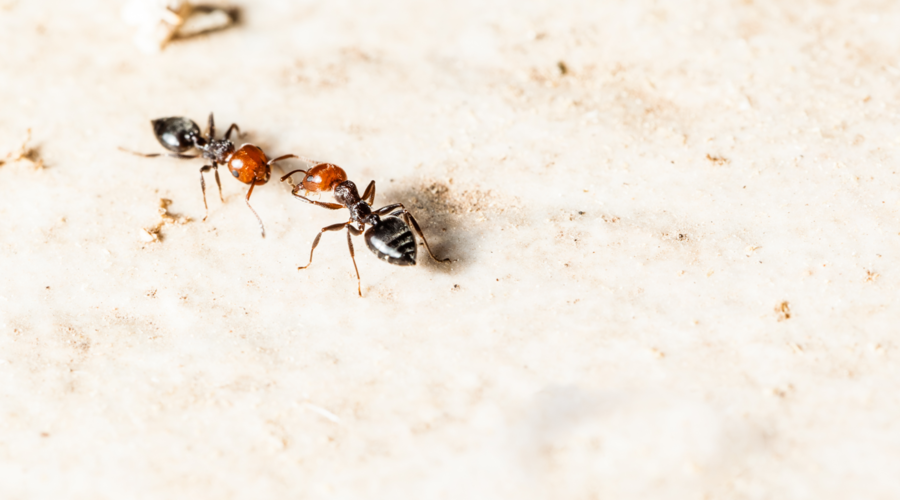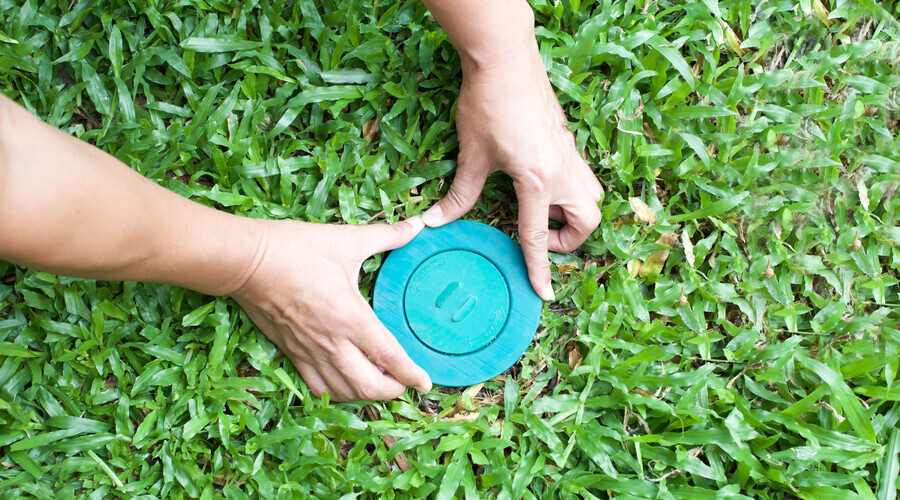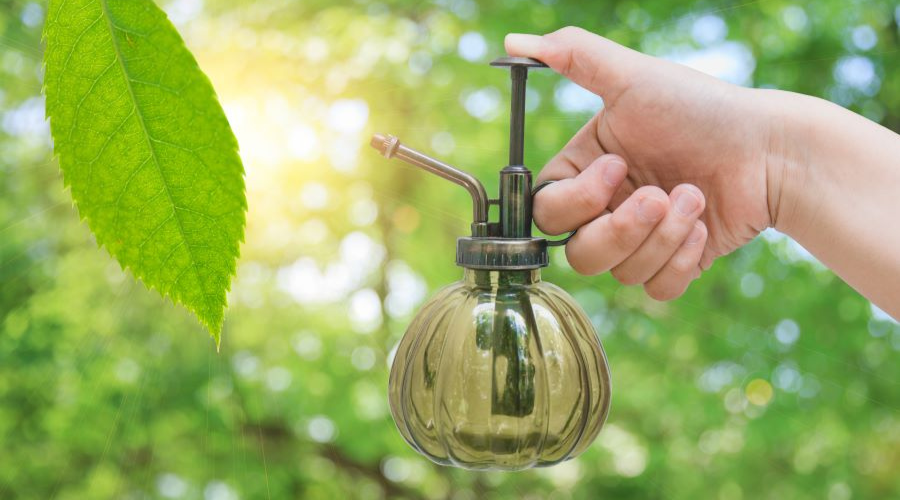Integrated Pest Management Guide
Implementing Effective Integrated Pest Management Strategies
Finding ants in your kitchen? Mice in the basement? Weeds taking over your garden?
Pests can be a real pain! Don’t stress – there’s a smart system called IPM that can help.
Eco Pest Control Adelaide is here to help you understand and adopt this eco-friendly approach to get rid of pests once and for all!
What is IPM?
IPM stands for Integrated Pest Management. It is a smart way to control pests that focuses on stopping them before they become a problem. IPM uses many different tactics and only uses strong chemicals as a last resort if needed. The goal is to keep numbers low while not harming people, places, or nature.
There are four main ways IPM controls pests:
Cultural Control
This means changing your yard or home so pests won’t want to live there. For example, get rid of their food. Reduce clutter where they hide. Change plants so they lose their home. Simple things like sealing cracks and trimming back from your home really help!
Physical & Mechanical Control
These block pests, trap them, or force them out. Use of pheromone traps, screens on doors and windows, and squishing or trapping bugs by hand are examples. It takes more work than chemicals, but it’s safer!
Biological Control
This involves using living organisms to control pests, such as releasing predatory bugs like ladybugs or nematodes, employing natural bug-killing bacteria sprayed on grower plants and crops, and planting species that repel pests. Nature can achieve amazing results when used correctly!
Chemical Control
Only use chemicals selectively and as a last choice in IPM. Pick products that target the specific pest and are less toxic. Limiting strong and broad pest killers helps protect people and nature.
How Does IPM Work?
IPM has four key steps:
- Set Action Thresholds
Deciding on the pest number that means it’s time to take action is called setting action on industry thresholds. With IPM, you don’t want to overreact and use chemicals when you don’t need them. Action thresholds help prevent this. For example, seeing a couple of ants is no big deal. But seeing 20 ants means you’ve hit the action threshold, and it’s time to start controlling them.
Setting reasonable action thresholds for different pests will stop you from overreacting. It also ensures you only use controls when they are really necessary. This approach saves time, money and prevents harming the environment.
- Monitor and Identify Pests
Regular monitoring and correct identification of pests are very important in IPM. You need to check areas where pests like to live and hide. Look for signs like droppings or damage. Use traps and tap plants over paper to see what falls out. Keep records of what pests you find and when. This helps you notice trends over time.
Properly identifying the type of pest you have is also key. This lets you select control methods that specifically target that pest. For example, insecticide spray won’t help get rid of mice! Know your pests before taking action against them.
- Prevention
Focusing on prevention is one of the biggest parts of IPM. Stopping before they can establish saves a ton of work down the road! Make your yard and home less inviting to pests. Get rid of food sources, clutter where they hide, and openings where they enter. Simple steps like sealing cracks, cleaning up crumbs, and clearing vegetation away from buildings go a long way.
An ounce of prevention is worth a pound of cure when it comes to pests. Spend time on exclusion, sanitation and habitat modification and you’ll have way fewer problems. Prevention is the best control!
- Control When Needed
If, despite your best prevention efforts, pests still exceed your action thresholds, it’s time for control. IPM programs use cultural, physical, biological, and chemical tactics as needed to knock down pest numbers. Start with a safer, non-chemical alternative first, when possible. Chemical pesticides are used only as a last resort.
Carefully select control methods that will be effective against the specific pest. For example, bug zappers don’t really put a dent in most pest populations. Traps and vacuuming up pests work better for a lot of insects. Read up on alternatives that are tailor-made to target your particular problem.
FAQ’s
How do you start an IPM program?
Learn about the pests, check often, keep detailed records, use different tactics to prevent and control, keep evaluating results.
How to choose between chemicals or no chemicals?
Avoid chemicals if other options work well and are safe. Only use pesticides that target the specific pest and are less toxic.
What’s the best way to check for pests?
Look closely for them often where they hide. Use traps, scent stations, tap plants over white paper.
Conclusion
So there you have it! Now you know all about IPM – the best way to kick pests to the curb without toxic chemicals or harming the environment.
Implement a strategy using cultural, physical, biological, and chemical controls wisely to stop pests in their tracks. The key is prevention, regular checking, and using safer methods first.
Put IPM into action and you’ll have a pest-free home in no time!



